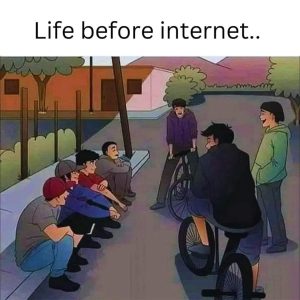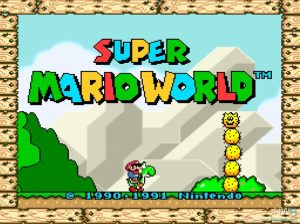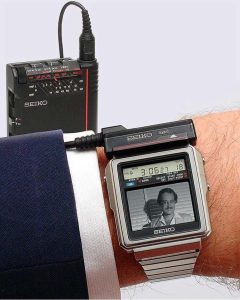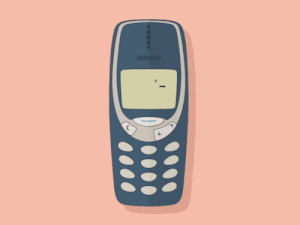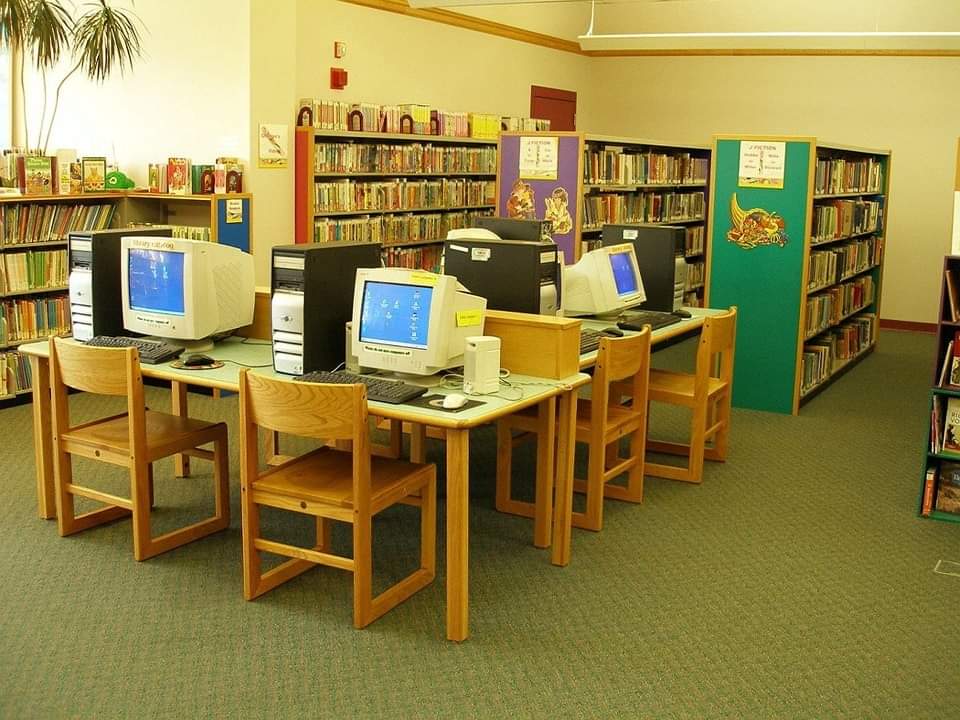
In the 90s, school libraries were a hub of activity for students and teachers alike. They were filled with rows upon rows of books, as well as a variety of other resources such as newspapers, magazines, and reference materials. The librarian was often the go-to person for help with research projects and finding the perfect book to read for pleasure.
One of the biggest changes in school libraries during the 90s was the introduction of technology. Computers were becoming more prevalent, and many libraries began to incorporate them into their collections. This allowed students to access a wealth of information online, such as encyclopedias and other reference materials. It also made it easier for students to complete research projects and write papers, as they could now access information from a variety of sources with just a few clicks of a mouse.
Another change in the 90s school libraries was the increase in the number of electronic books, or e-books. These were becoming more popular as technology advanced, and libraries began to acquire more e-books to add to their collections. This allowed students to access books in a new format, and it also made it possible for libraries to acquire more books without taking up additional physical space.
Despite the advancements in technology, however, the traditional role of the school library as a place for students to find and read books remained just as important as ever. Many students still loved browsing the shelves and picking out a book to read for pleasure, and the library continued to be a place for students to come together and share their love of reading.

